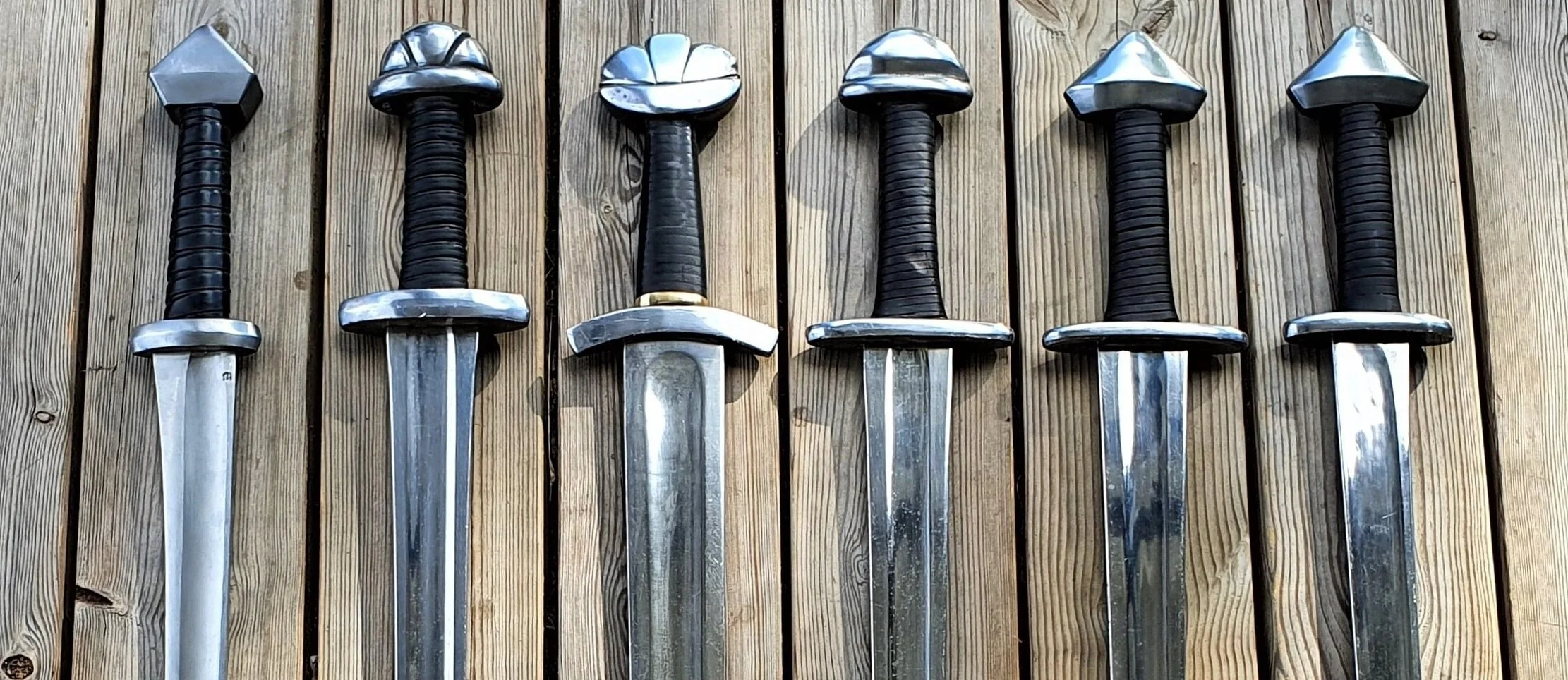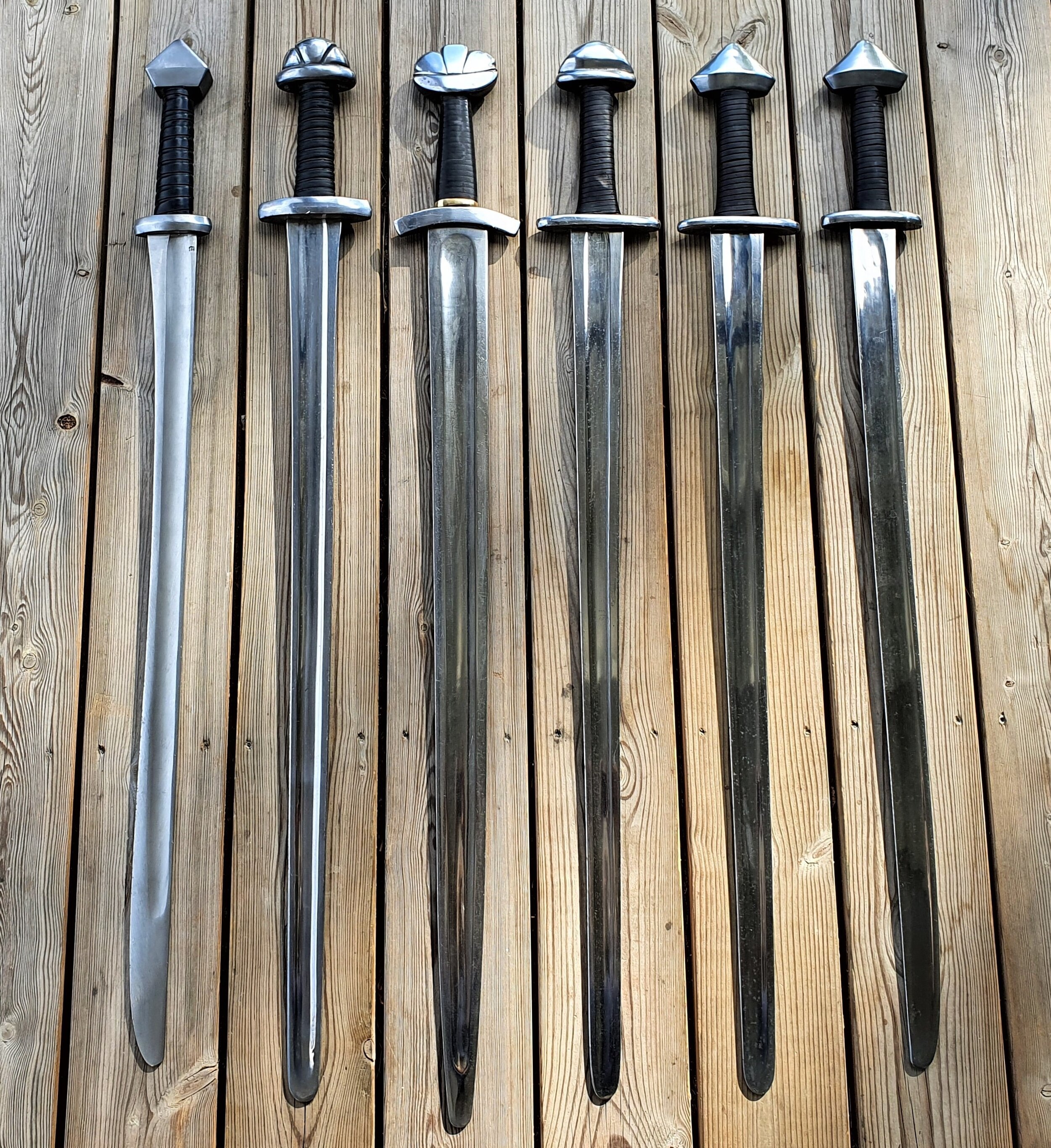WEAPON MAINTENANCE by Tyr Neilsen
/As martial artists, we know that maintaining our weapons is important, in the same way physical training is. Without regular care and attention, techniques and weapons get rusty.
When you have invested in a good Viking sword, making sure that the steel doesn’t get rusty will ensure that it remains in top condition for years to come.
Not all steel is of the same quality, but all steel needs regular maintenance.
The Viking sword was a symbol of strength and status in the Viking Age. Today, as then, anyone working with such weapons, wants them crafted with precision and skill, using the finest materials available. For weapons that are used for training, demonstrations and combat, regular maintenance is a necessity for optimum performance.
Poorly maintained equipment can cause instability and eventually equipment failure. Without regular maintenance, replacing equipment becomes a costly process. The cost of regular maintenance is small compared to the cost of replacement.
The time used on maintenance may feel like a hindrance, but it is nothing compared to downtime and stress caused by problematic equipment.
Before maintenance work
The main purpose of regular maintenance is to ensure that equipment is operating at 100% efficiency at all times, but a priority of time and effort on maintenance, rather than repair, is not only good for the equipment, it’s also good for the person performing the maintainance.
Maintainance work instills dicipline, pride in ourselves and our work, and a greater feeling of ownership. Maintenance work builds competence, confidence and readiness, it heightens our standards, and gives us the opportunity to take responsibility for the standard of the equipment and ourselves.
After maintenance work
There are a few simple and key steps that need to be followed:
Cleaning
After each use, it's essential to clean the Viking sword. Wipe the blade down with a clean, dry cloth to remove any debris or moisture.
If there is any dirt or grime on the blade, use a soft-bristled brush to gently remove it. Never use harsh chemicals or abrasive cleaners, as these can damage the blade and hilt.
Cleaned, polished, oiled and ready for use.









